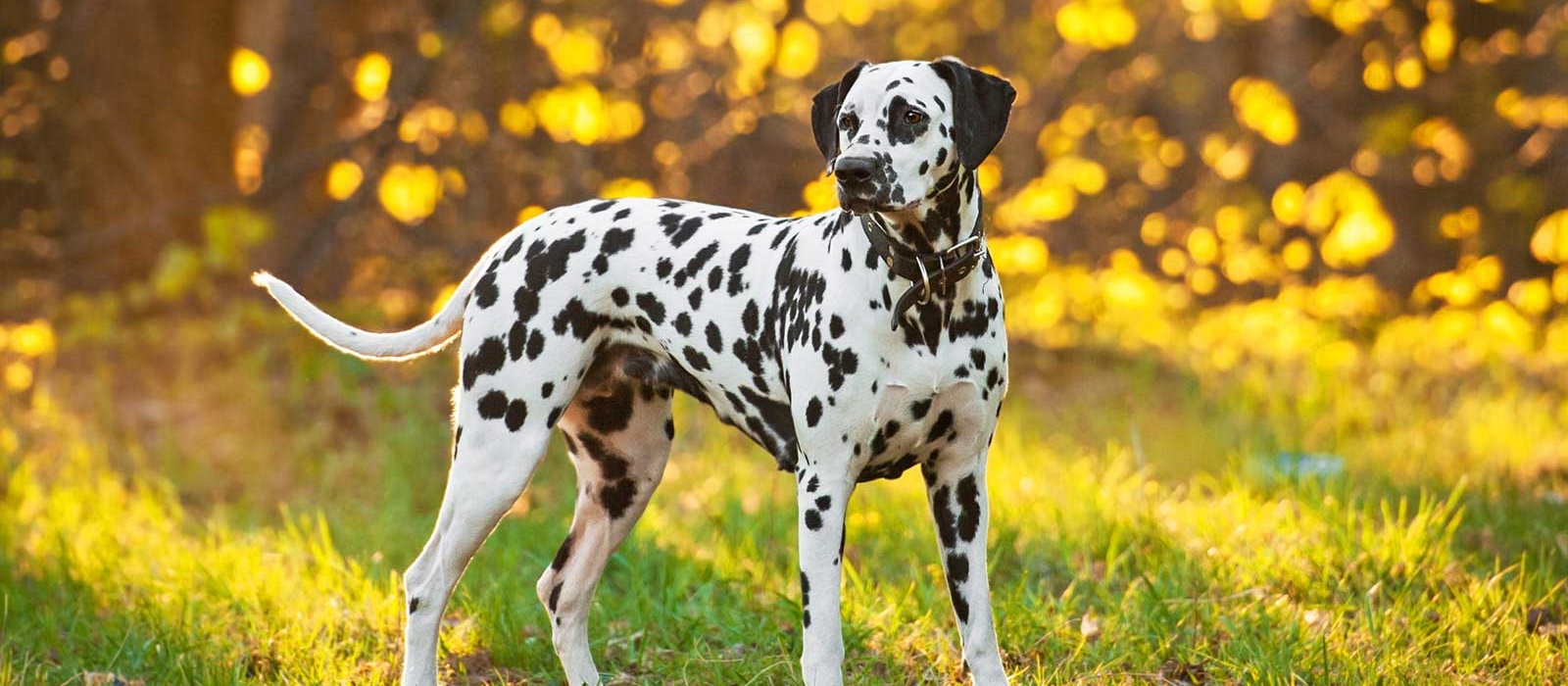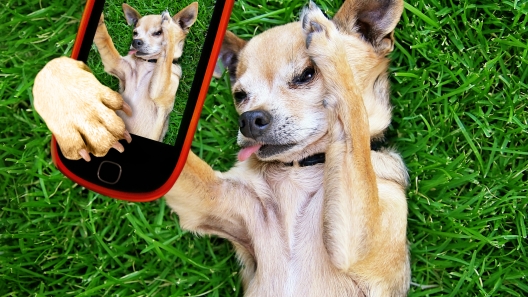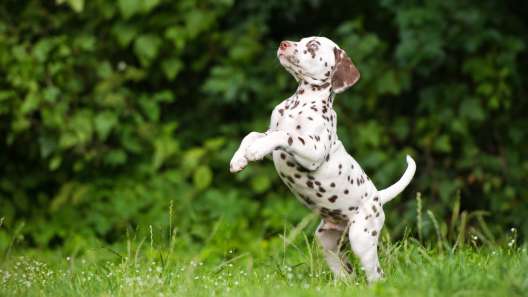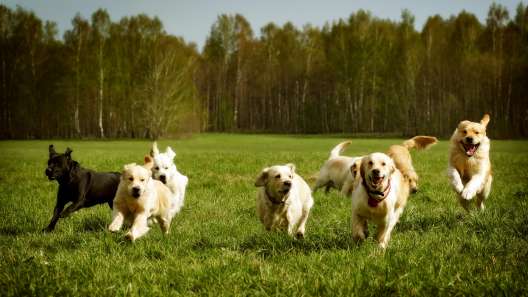-
Activity Level:
high
-
Shedding Level:
low
-
Grooming Level:
low
-
Trainability:
high
-
Good for Novice Owners:
moderate
-
Adaptability:
moderate
-
Kid/Pet Friendly:
often
-
Prey Drive:
low
-
Watchdog:
aware
- Average Size: Medium
- Average Lifespan: 11-13 years
- Registered?: aca, akc
Dalmatian Dog Breed Information
Overview
Temperament
Adaptability
Health
Owner Experience
Grooming
Activity Level
Size
Life Span
Did You Know?
The Dalmatian, affectionately referred to as the Dal, is known for their spotted coat and has a well-known reputation as a rescue dog and a firehouse companion. The American Kennel Club recognized the Dalmatian in 1888. Although they are a very athletic dog breed, the AKC recognizes them as part of the Non-Sporting Group.
Dalmatians originated in the early 1800s in the region of Dalmatia, which is now modern-day Croatia. One of the facts about Dalmatians is that they were originally used to guard horse-drawn carriages and coaches as well as the horses that pulled them. They were also used to guard borders, act as shepherds, and perform for audiences.
The Dal was also commonly seen guarding Romani caravans as well as the coaches of nobility. Now, the Dalmatian still works as a coach dog, riding or running along with the Budweiser Clydesdales as they are on parade. As a family pet, the Dal is a loving and loyal house dog that is also an excellent athlete.
This dog breed is loyal and courageous. They are loyal, protective, and affectionate towards their families. Dalmatians also tend to get along well with children and other animals. Given their background, it’s no surprise that they’re considered one of the dog breeds that work well with horses.
The Dalmatian is often a perfect balance of nobility, affection, and athleticism. Due to their protective guard dog origins, they are often dependable watchdogs that can be aloof and suspicious of strangers. Although they tend to be reserved around strangers, well-socialized Dalmations will warm up once introduced.
With their families, the Dal is a bright, excitable, and loving dog. They are also incredible athletes – strength paired with endurance and stamina. Once they’re done growing, they are one of the dog breeds that make good running partners and are a great fit for active owners and families that can include them in their activities.
The Dalmatian is moderately adaptable. Due to their high energy and need for exercise, they do not tend to do well in apartments and are better suited to houses with fenced yards.
They can tolerate some time alone provided they are well-socialized and do not have separation anxiety. However, they love to be with their families and get bored easily, so you don’t want to leave them alone for too long, especially because they’ll need to expel some built-up energy.
Dalmatians do well in most climates. As with many dog breeds, they are sensitive to heat and very cold temperatures. Due to their short coat, they handle warm weather better than some snow dog breeds. You should still watch them carefully to ensure they are not getting overheated in the summer.
Also, because of their short coat, they may feel the chill a little more in the winter than some thicker-coated dog breeds. A good winter jacket and other winter dog gear can help your Dal stay warm on walks when the temperature drops.
Potential health concerns to be aware of in Dalmatians can include deafness, kidney stones, and joint issues, like hip and elbow dysplasia. Although deafness is common in the breed, you can check the genetic history of the parents and the hearing of the puppies to identify it early on.
A Dalmatian that is unilaterally deaf, which means it is only in one ear, can live life with relatively little or no special assistance. However, a dog that is bilaterally deaf, which means it is in both ears, will need assistance and special considerations.
Reputable breeders will screen their dogs to avoid passing preventable issues to puppies, so make sure you ask about the health and genetic history of both parents. You can also ask about any health tests and clearances that have been done. The National Breed Club recommends a hip evaluation and BAER testing at a minimum.
Dalmatians are intelligent dogs that pick up on things quickly and are generally eager to please. Although they can be strong-willed and stubborn at times, they still tend to be a good fit for owners of all experience levels.
Provided training is kept consistent and focused on positive reward and praise, and they can handle the Dalmatian high energy, novice owners tend to do well with a Dal. There are several benefits of puppy training classes aside from just training, so they can be a good idea no matter your experience with dogs.
Dalmatians are known for their white coats with black spots. The coat is short and coarse and will shed a little bit year-round. Weekly brushing and the occasional bath are usually enough to keep your Dalmatian’s coat sparkling. Depending on their outdoor activities, they may need baths more often.
In addition to coat care, you will also need to take care of your Dalmatian’s nails, ears, and teeth. Trimming nails once or twice a month keeps them from growing too long and causing issues. Checking your Dalmatian’s ears weekly and cleaning them as needed can help prevent ear infections. Daily tooth brushing, along with cleanings at the vet as needed, can help prevent dental diseases later in life.
Built for running ahead of the horse carriages of firehouses to clear the way, the Dalmatian is athletic and has a high energy level. They are one of the most active dog breeds and require daily walks and plenty of exercise to remain happy and healthy.
Whether it’s chasing a ball, running with you, or going on a hike with you, a Dalmatian will be happy to spend time being active with you. They can even keep up with you when you are on a bike!
However, it is important to keep activities low-impact while puppies are still growing. Their joints and bones are still developing within the first two years of their life and doing too much too soon can damage developing bones.
A fully-grown Dalmatian usually stands 19-24 inches tall and weighs 45-70 pounds.
Dalmatians generally live for 11-13 years on average.
When Dalmatian puppies are born, they do not have spots. Their spots start to develop when they are around 3-4 weeks old. Dals will continue to develop spots slowly throughout their lives, but will have most of their spots after about a month.









